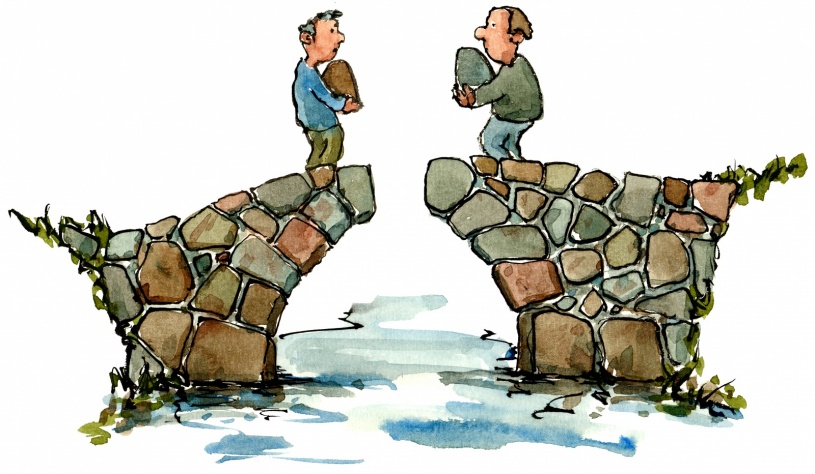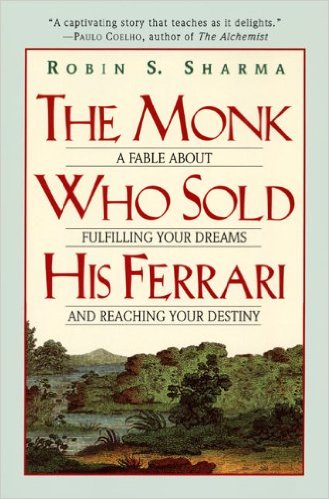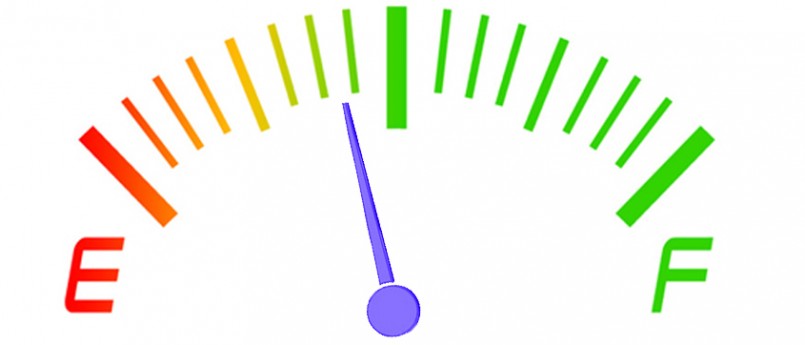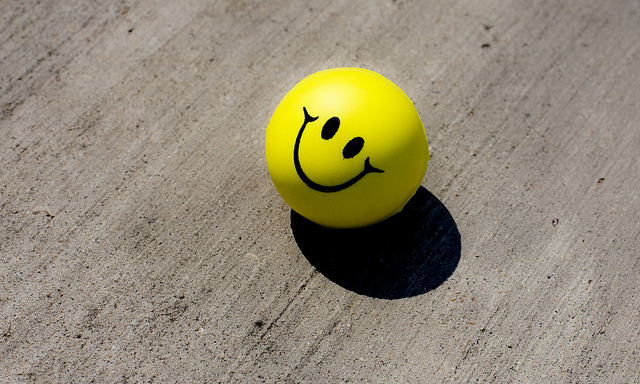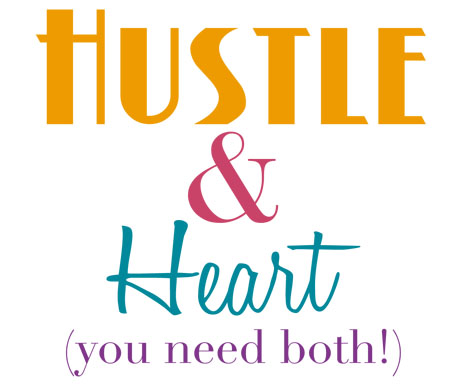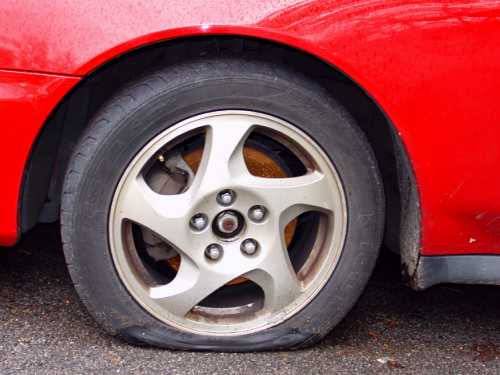“When it rains, look for rainbows. When it’s dark, look for stars.”
-Author Unknown
I often recommend Six Thinking Hats by Edward Debono to my coaching clients. This book can help them become more effective and successful in their personal and professional communities.
Based on today’s quote, the rain and the dark would represent the wearing of a black hat, which points to the negative, and why things are not working.
Wearing a yellow hat, which is represented by the rainbows and stars, points to the positive, optimistic, and constructive perspective relative to one’s circumstances.
Looking for and perceiving the good and workable possibilities in things is without question a skill that will bring you far greater results and life satisfaction than walking around in the dark, all wet.
EXERCISE:
Share this post with one person in your professional and personal worlds. Ask them for feedback regarding how often — or not — you look for the beauty of the rainbows and stars above. If they are open to your coaching, you may offer your view of which hats they wear, as well.


